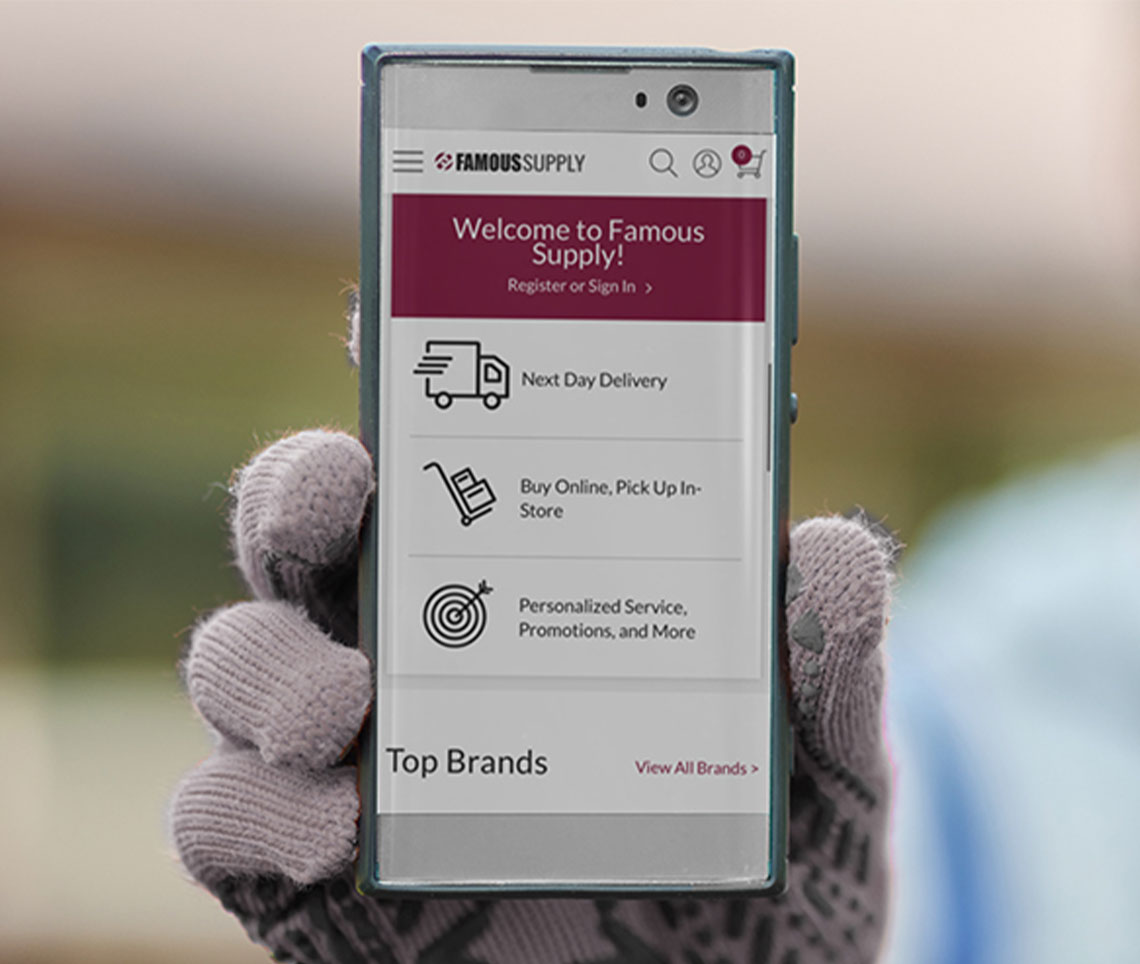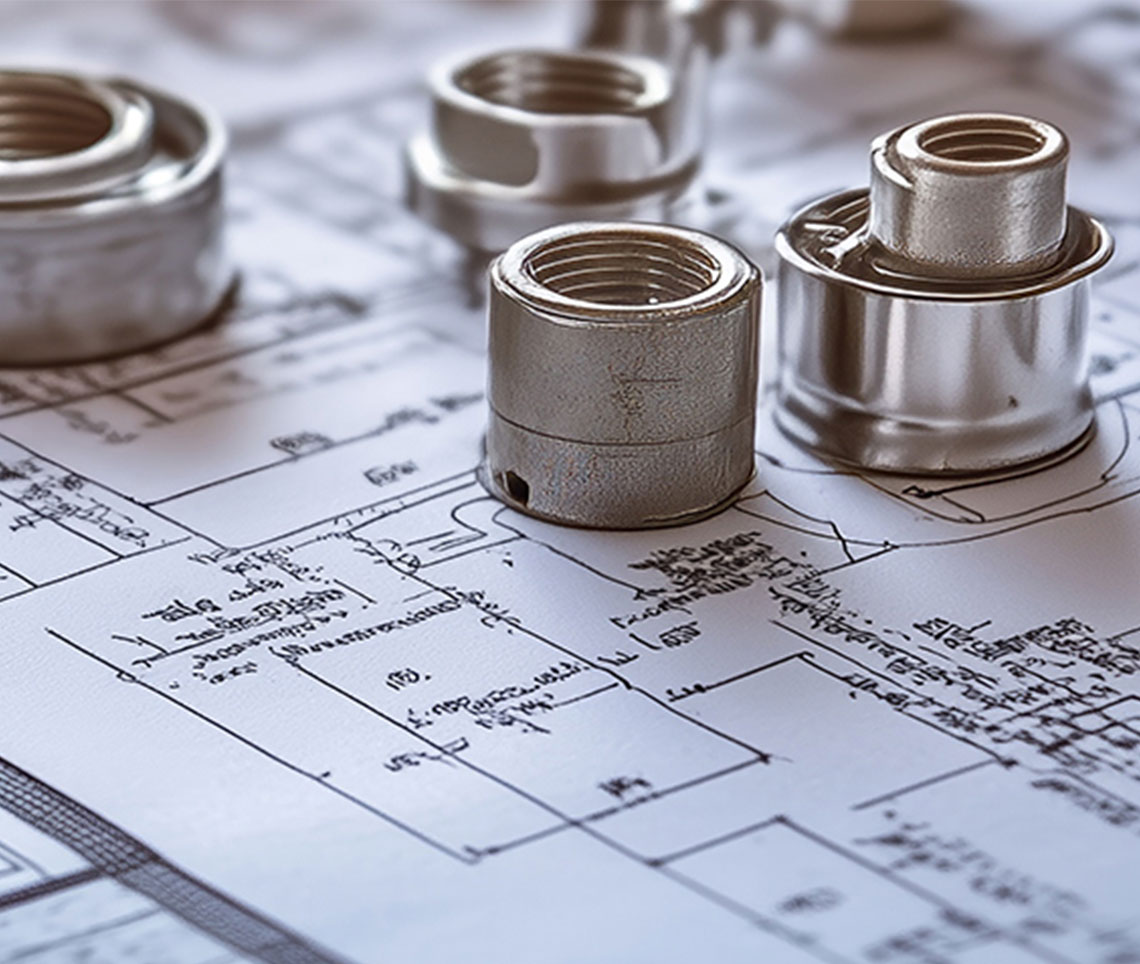How To Measure Subcooling
November 10, 2021 Jeff Rosenblum
In most new high efficiency systems, a TXV (Thermostatic Expansion Valve) is utilized as the metering device. That means superheat remains constant through its run cycle. Because of the constant superheat, the way to check and verify charge is by checking subcooling. Now, before we start please follow the manufacturer’s recommendations for charge. They may have a better or more efficient method for verifying charge. However, if you have to charge by subcooling then follow this guide.
So what is subcooling?
It is the amount of heat removed from the refrigerant below its dew point. That means we keep cooling the refrigerant down below the point at which it condensed to a liquid. So why is that important? Well, it ensures that the refrigerant that flows to the metering device is liquid. A metering device cannot meter gas so a steady column of liquid is required.
Measuring Subcooling
Now that we know WHAT subcooling is, now let’s talk about how to measure it. Measuring subcooling is easy. First, hook up your gauges to the system you need to test. Read your high side (liquid line) pressure and convert it to temperature. Next measure your actual liquid line temperature. Subtract the two. There you have it. That is your current subcooling.
Knowing the actual subcooling measurement is only part of the equation. We also must know what our target subcooling is. Sometimes it is on the condenser’s tag. Other times you must follow the chart on the inside of the electrical box or in the installation instructions. Once the target is found, you either add refrigerant to increase subcooling or remove refrigerant to decrease it.
By charging the system correctly, its capacity will be better, the dehumidification will be better and the homeowner will be happier with their comfort level.
As always if you need any additional help please call the Famous Supply HVAC Tech Department at 800-362-8230.
Jeff Rosenblum
Technical Support
22 Years Industry Experience
Cell (330) 962-2491
[email protected]















